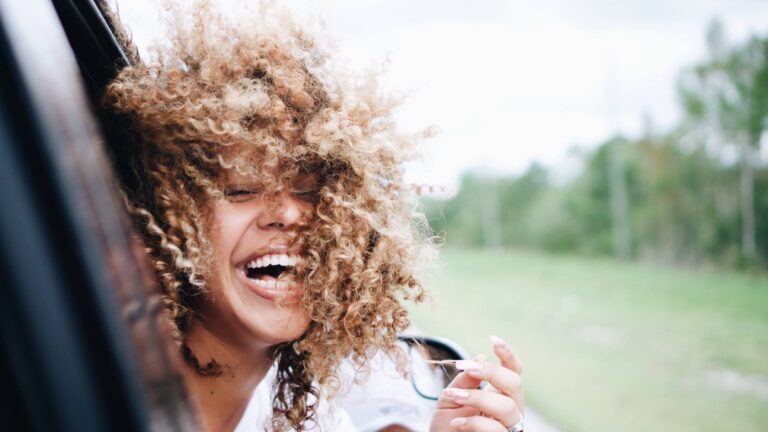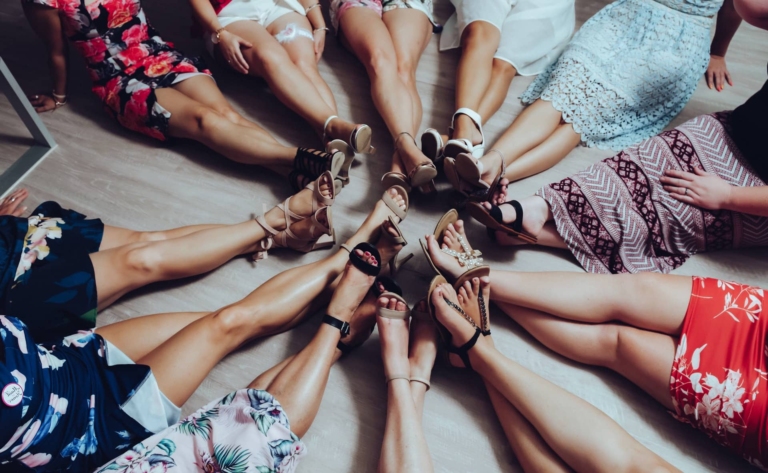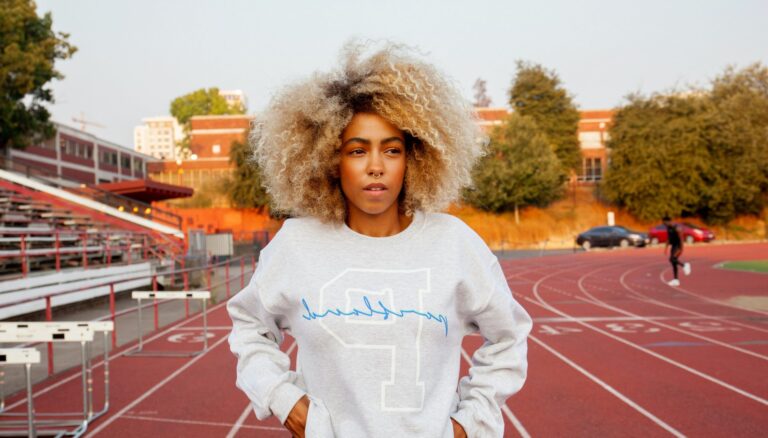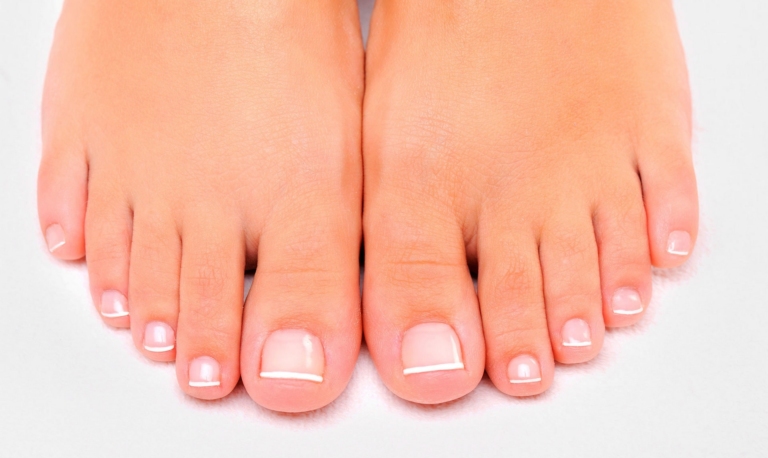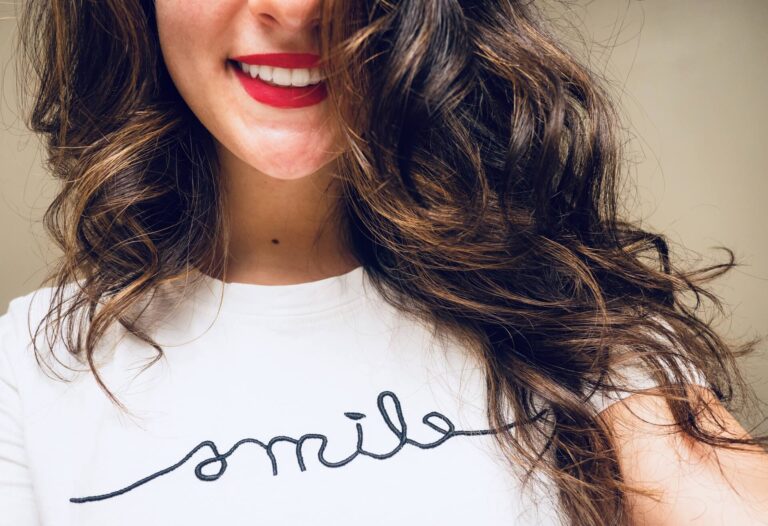How can you tell if your hair is overprotected?
Protein-overloaded hair can feel damp and even slightly sticky.
What’s more, excess protein can have a very negative effect on the ends of your hair, making them brittle.
Where does hair with excess protein come from?
The answer is simple: you’re probably giving your hair far more protein than it needs.
If you want to rebuild your hair and opt for a shampoo, conditioner or mask based on hydrolyzed keratin, soy or silk proteins, don’t use them regularly, but preferably in cycles.
It’s better to apply proteins to the hair at intervals, doing protein treatments rather than applying them constantly.
The most important thing is to maintain a balance between proteins, emollients and humectants.
Proteins restore the hair, humectants moisturize it and emollients prevent the loss of moisture and nutrients inside the hair.
So you could say that when it comes to applying proteins to your hair, you need to find the right balance, adding them only when your hair needs them, not as a preventative measure.
How often you should apply protein to your hair will be determined by your own experiences, so it’s best to estimate by trial and error.
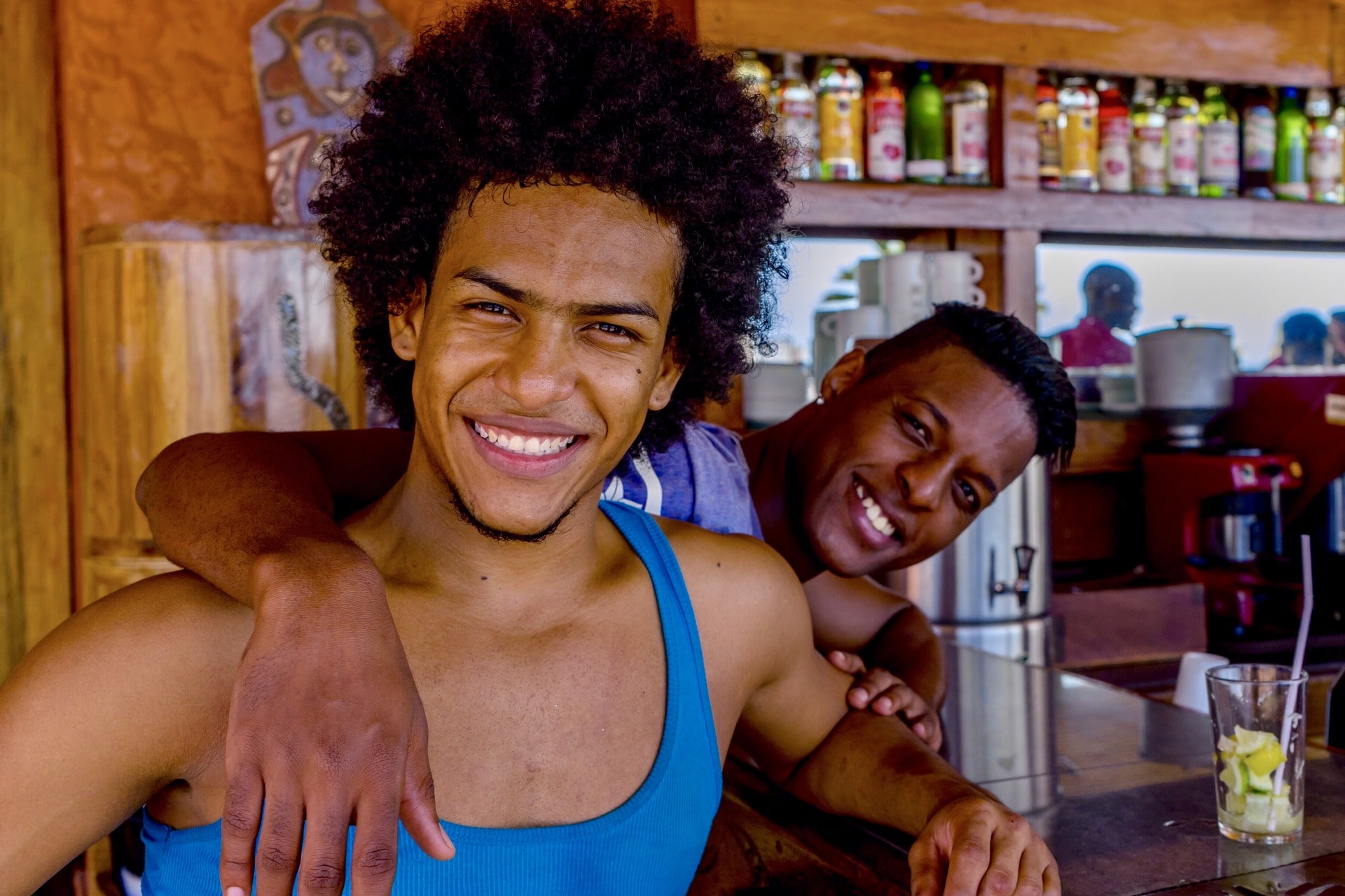
How can I avoid protein-overloaded hair?
Over 90% of hair is made up of keratin, a structural protein.
Most of us therefore associate the success of hair care products with the addition of protein components.
Witness the enormous popularity of keratin treatments and the widespread presence of protein ingredients in shampoos, conditioners and masks.
However, not all hair responds well to protein-based hair care products.
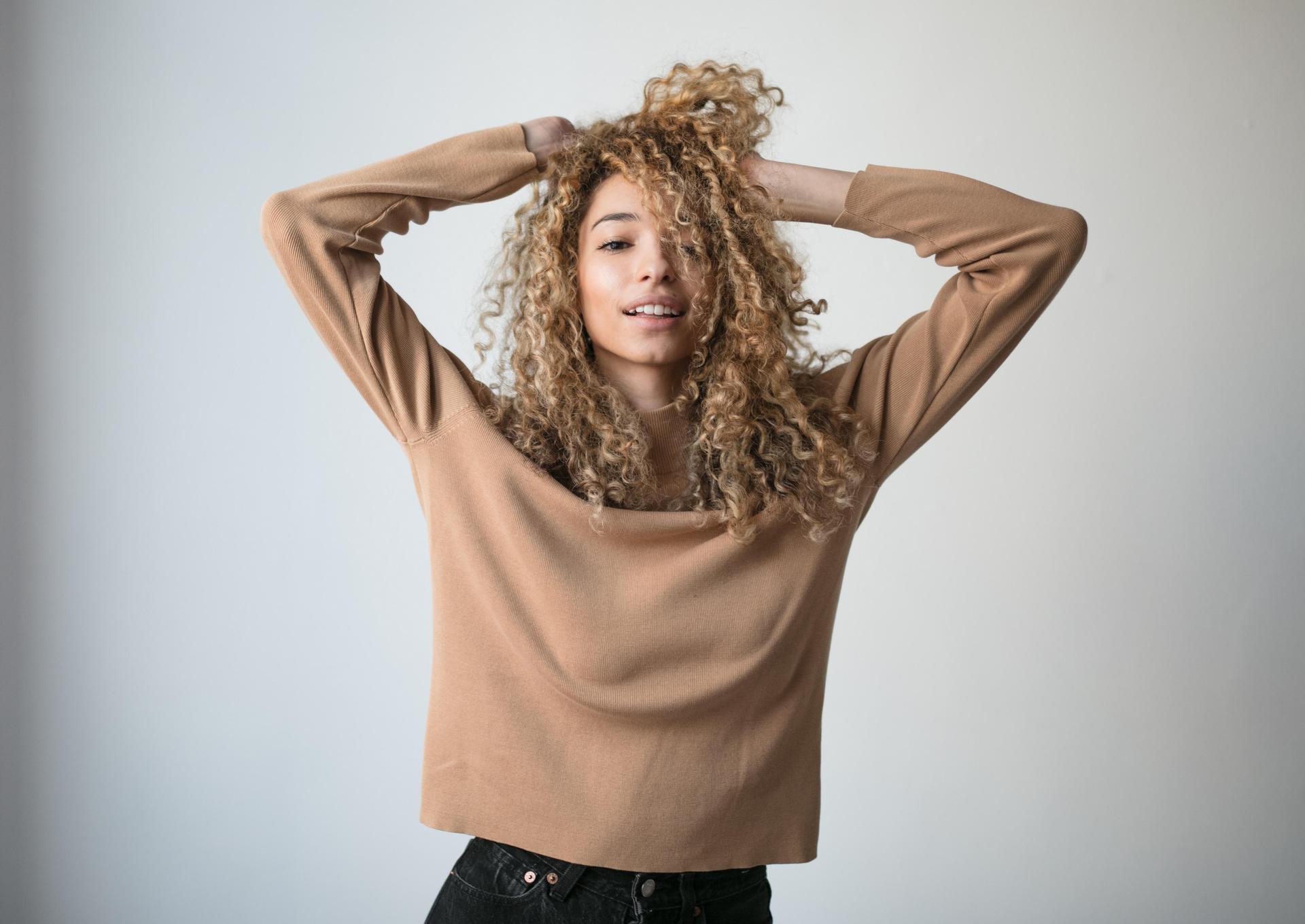
Who should avoid protein treatments?
Protein treatments should be avoided for hair with low porosity.
Most of the time, this is hair that has not undergone any chemical and/or thermal treatment or transformation.
These processes modify hair porosity in the short, medium or long term.
That’s why it’s so important to use low-protein products, or simply to reduce their use.
Overuse of protein-containing products can result in hair that is stiff, hard and brittle to the slightest touch, making it fragile and dull.
- You don’t need to avoid proteins, but you do need to know how to use them properly.
Be careful how much protein you apply to your hair.
If you use too much, your strands will tangle easily and be difficult to comb.
Your hair may also become brittle.
Proteins work against humectants, which means they balance each other out.
We recommend using protein masks or protein conditioners twice a month, especially for damaged hair.
- Read also: Myla Bella’s hair routine

Hair overloaded with proteins, emollients and humectants
Hair overloaded with proteins, emollients and humectants is very problematic.
What happens if you put too much protein and not enough emollients in your hair?
What happens if you put too much emollient and humectant in your hair and not enough protein?
What does greasy hair or protein overload look like?
Finally, to have beautiful hair, it’s important to take care of it:
- The PEH balance P = Protein, E = Emollient, H = Humectant
PEH balance is a balance between the amount of proteins, humectants and emollients found in the hair care products we apply to our hair.
To maintain the balance PEHyou need to know your hair’s needs and have a basic understanding of cosmetic ingredients and appropriate care (oiling, cleansing, masking).
Let’s start with a little repetition.
Proteins strengthen, humectants moisturize and emollients lubricate hair.
Proteins, humectants and emollients are all essential for strong, healthy, beautiful hair.

Proteins, humectants and emollients – the difference
Proteins are substances that strengthen and rebuild hair:
- Gelatin
- Egg yolk
- Hydrolyzed silk
- Hydrolyzed oats
- Hydrolyzed keratin
- Milk proteins
- Soy protein
- Amino acid protein
Humectants are moisturizing ingredients that bind water in the hair:
- Aloe vera
- Water
- Betaine
- Glycerine
- Hyaluronic acid
- Sodium lactate
- Propylene glycol
Emollients, lubricating substances that retain moisture in the hair.
They coat hair with a thin film, protecting it from damage and water loss:
- Lanolin
- Triglycerides
- Polymers, including silicones
- Fatty alcohols, e.g.cetearyl alcohol
- Natural oils such as argan and shea butter
“One of my biggest dreams is that my company will be able to change the course of one family’s life, one child at a time by giving back to the community.”


